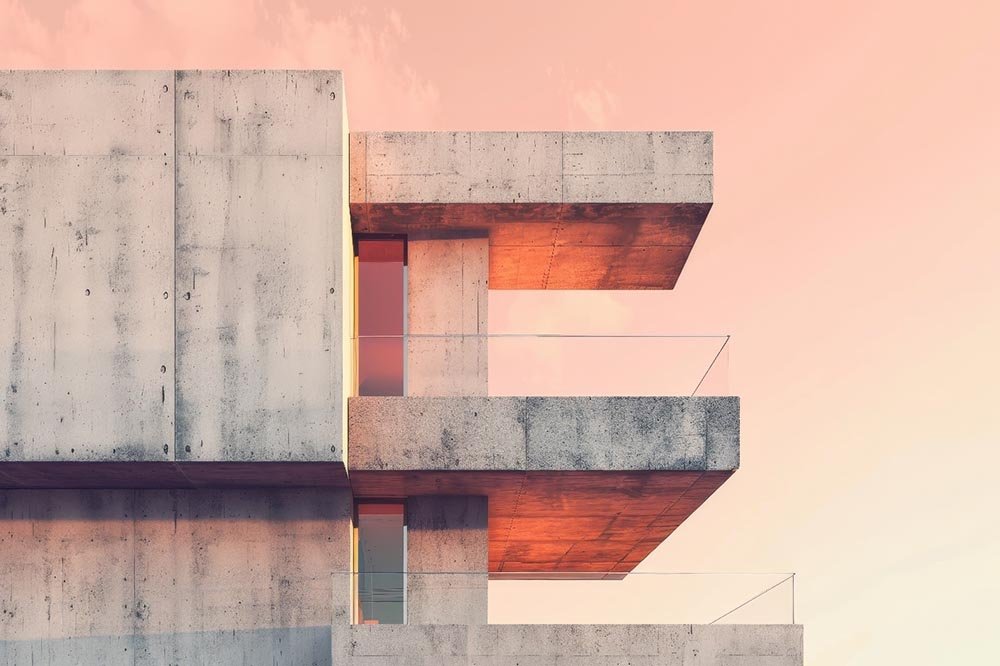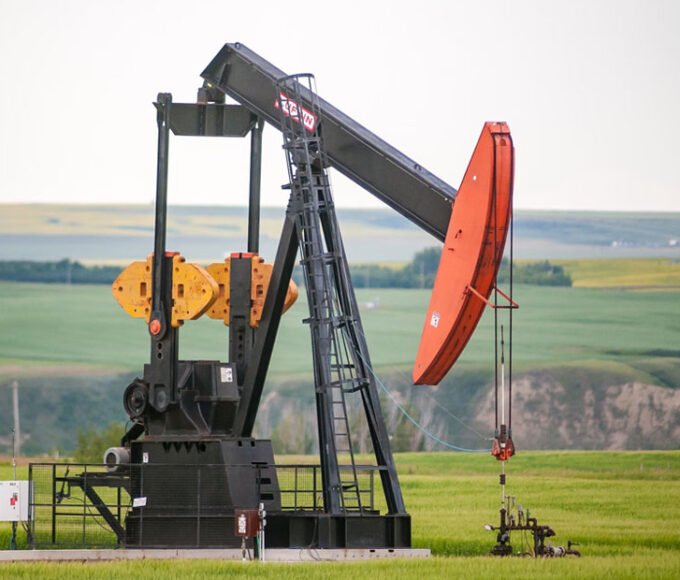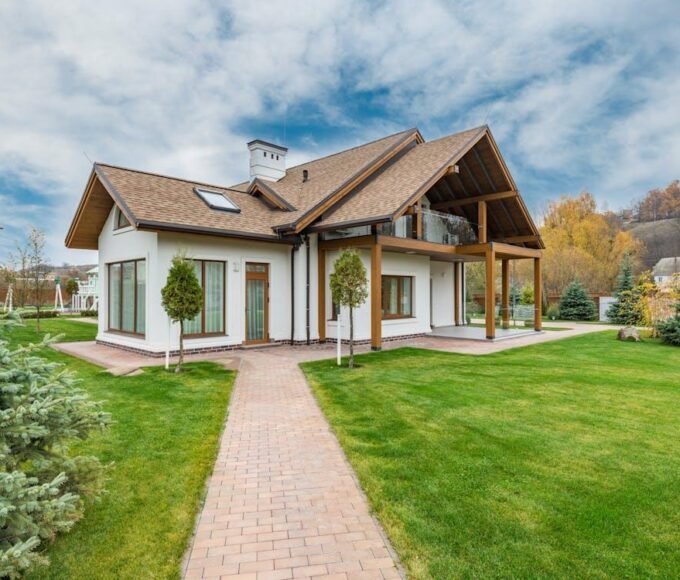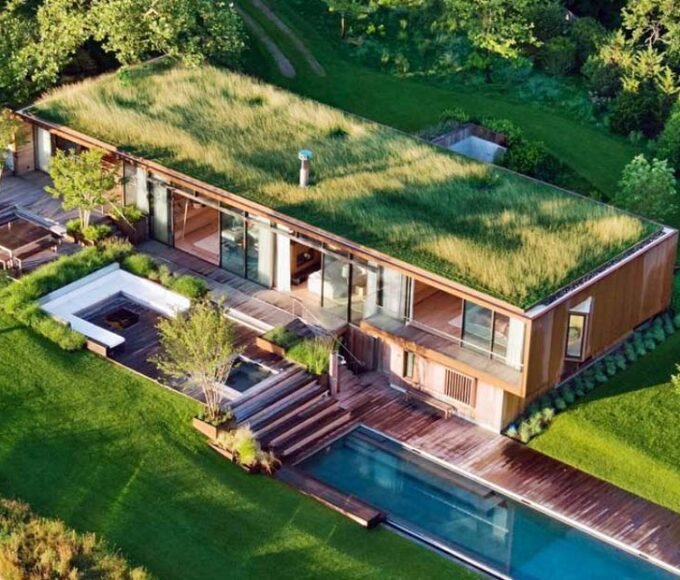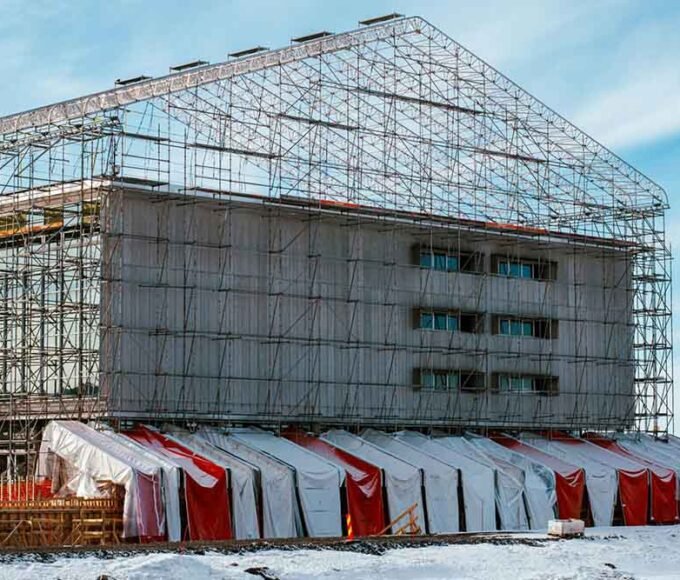Concrete, often perceived as merely functional, reveals its aesthetic potential when crafted by innovative architects. Regarded as a mundane material, concrete surprises with its versatility and beauty when handled by concrete specialists like Elite Concrete. This blog explores ten stunning architectural concrete buildings, demonstrating how this robust material creates functional yet breathtakingly beautiful structures.
1. The Brutalist Beauty: Barbican Centre, London
Located in the heart of London, the Barbican Centre is a striking example of Brutalist architecture. Designed by Chamberlin, Powell, and Bon, its robust concrete structures are softened by water features and lush greenery, creating a compelling urban oasis that encourages visitors to explore its extensive cultural facilities.
2. Innovative Elegance: Tadao Ando’s Church of the Light, Osaka
Tadao Ando, a self-taught architect, masterfully uses concrete to manipulate light and space. The Church of the Light in Osaka features a stark concrete interior intersected by a cruciform cutout, where light invades the darkness, creating a profound spiritual experience that is both simple and powerful.
3. A Monument to Modernism: Villa Savoye, Poissy
Designed by Le Corbusier, one of the pioneers of modern architecture, Villa Savoye is a testament to the functionality and aesthetic potential of concrete. This iconic French villa is characterized by smooth white walls, pilotis, and horizontal windows that emphasize its geometric purity.
4. Sculptural Splendor: Lotus Temple, New Delhi
The Lotus Temple, designed by Fariborz Sahba, is a stunning flower-like structure composed of 27 free-standing marble-clad “petals” made of concrete. This Bahá’í House of Worship not only captivates with its form but also with its commitment to openness and welcome, drawing visitors from all religions.
5. Rough Luxury: The National Theatre, London
Another exemplar of Brutalism, the National Theatre on London’s South Bank, designed by Sir Denys Lasdun, stands as a fortress of culture. Its angular, tiered concrete terraces overlook the Thames, providing a rugged yet dramatically inviting presence.
6. Industrial Chic: The High Museum of Art, Atlanta
Designed by Richard Meier, the High Museum of Art in Atlanta showcases the lighter side of concrete architecture. Its sleek, white concrete surfaces are complemented by a striking atrium that bathes the interior in natural light, emphasizing the artwork housed within.
7. Concrete Canvas: FAAP University, São Paulo
Lina Bo Bardi’s design for the FAAP University in São Paulo blends raw concrete with unexpected bursts of color and texture, reflecting the vibrant culture of Brazil. The building serves as a canvas that displays the brutalist aesthetic in a tropical context.
8. Echoes of Ancient Times: Salk Institute, La Jolla
Louis Kahn’s Salk Institute in La Jolla uses concrete in a way that harmonizes with the natural environment. The striking symmetry and clean lines of the buildings, alongside the intentional water feature, mirror the vastness of the ocean, creating a serene research sanctuary.
9. Textural Contrast: The Unfinished Museum, Mexico City
This hypothetical museum, envisioned to showcase the beauty of raw, unfinished materials, would use concrete’s texture and shade to create a dynamic interplay of light and shadow, making the building itself a part of the exhibit.
10. Futuristic Fortress: CCTV Headquarters, Beijing
The CCTV Headquarters in Beijing, designed by Rem Koolhaas and Ole Scheeren, is a loop of buildings that challenges traditional architectural forms. The building’s skin of glass and steel integrates with structural concrete, creating a futuristic silhouette against the city skyline.
Concrete buildings, often misunderstood, are not just functional; they are canvases for artistic expression. These ten architectural marvels demonstrate that with concrete, gray is not just a color—it’s a statement. Whether it’s the serene simplicity of Ando’s work or the complex, dynamic form of the CCTV Headquarters, concrete in architecture has the power to move, inspire, and transform perceptions, making us all fall in love with gray.






